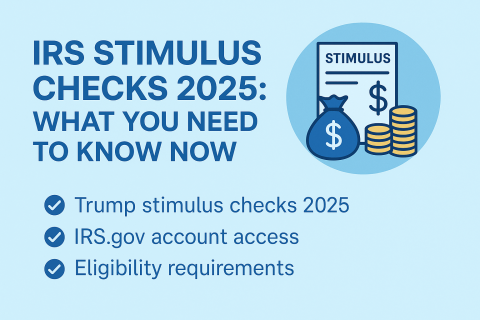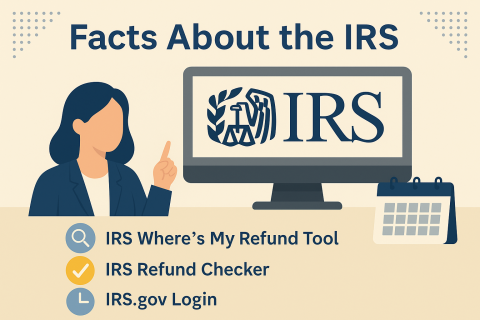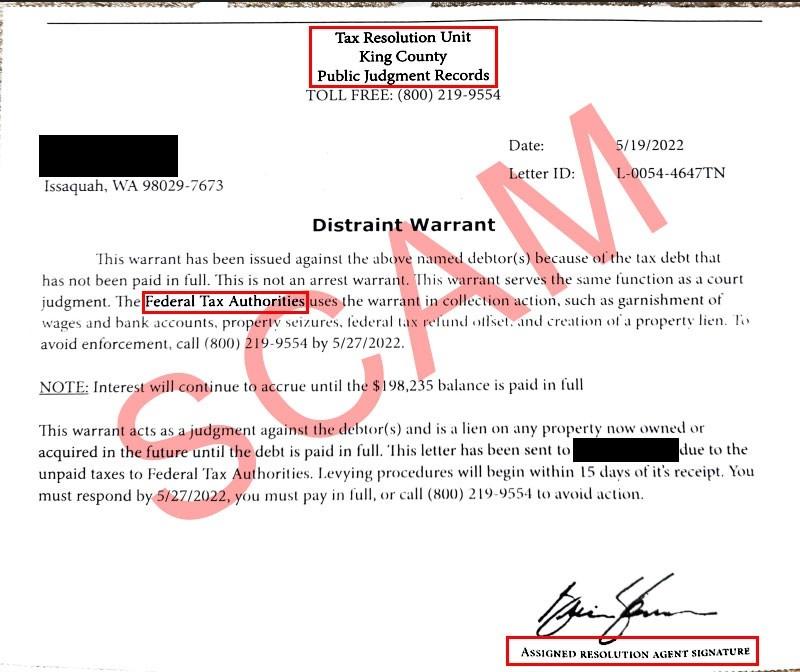As of October 1, 2025, Washington State will begin taxing several professional services that were previously exempt, following the enactment of Engrossed Substitute Senate Bill (ESSB) 5814. If you provide—or purchase—services such as web development, IT support, staffing, or training workshops, it’s critical to understand how this impacts your invoices, client billing, and compliance responsibilities.
At the Law Office of Theresa Nguyen, PLLC, we help businesses and individuals confidently adjust to these changes.



